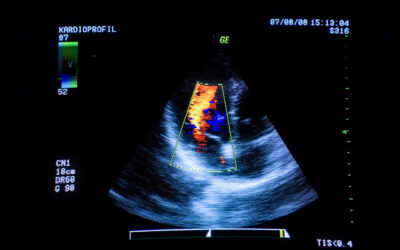According to a MarketsandMarket report, vendor neutral archive (VNA) and PACS are regarded as two important markets in the medical image management industry. VNAs enable the acquisition, management and storage of images while streamlining the communication between multiple vendor PACS.
A Market Watch press release reports that the global departmental PACS market is expected to exceed more than $5.05 billion by 2024.
Zion Market Research has published a new report regarding the PACS and RIS market. According to the report, the global PACS and RIS market was valued at $2.6 billion in 2017 and is expected to reach $4.3 billion by 2024, growing at a CAGR of around 7.3% between 2018 and 2024.
Information technology, such as Radiology Information Systems (RIS) and Picture Archiving and Communications Systems (PACS), is now being utilized for various health care applications. Cost-effective implementation of both PACS and RIS applications is possible owing to its shift to the PC environment. PACS is currently the preferred method of diagnostic image distribution. Today, PACS is not limited to radiology applications. It is also being used in the fields of dermatology, pathology, ophthalmology, cardiology and other telemedicine areas. The heart of PACS is image acquisition from whatever unit generates the diagnostic image to the proper display of that image whenever required. RIS has several applications, such as providing registration, scheduling, incident reporting, quality assurance, file folder management, material management, teaching file management, human and technical resource management, and billing functions.
RIS is a software system network used to manage medical images and the data associated with it. It is particularly beneficial for tracking billing information and radiology imaging orders. It is often used in amalgamation with PACS for record-keeping, billing, and managing image archives. PACS is used for hoarding, recovering, presenting, and allocating images produced by multiple medical hardware modalities, like CT scan, X-ray, ultrasound machines, and MRI. Digital Imaging and Communications in Medicine (DICOM) is the universal format used for storage and transfer of PACS images. Scanned documents and other non-image data can be incorporated in various formats, like PDF, after they have been summarized in DICOM. PACS comprises four main components: imaging modalities like computed tomography (CT), magnetic resonance imaging (MRI), and X-ray plain film (PF), a safe network to transfer patient information, archives for storing and retrieving images and reports, and workstations to interpret and review images.
Increasing adoption of health information technology (HIT), growing use of diagnostic imaging, development strategies incorporated by the leading players to develop highly advanced PACS and RIS platforms, and rising use of RIS and PACS for a thorough assessment of patient health are the prime factors responsible for the growth of PACS and RIS market. Untapped market and increasing government funding for research and development are also expected to generate new opportunities in the forecast timeframe. However, the high software cost is one of the roadblocks in the development of PACS and RIS market.
Some key players operating in the PACS and RIS market are GE Healthcare, Fujifilm Holdings Corporation, Agfa Healthcare, Allscripts Healthcare Solutions Inc., Philips Healthcare, Siemens Healthineers and McKesson Corporation.








